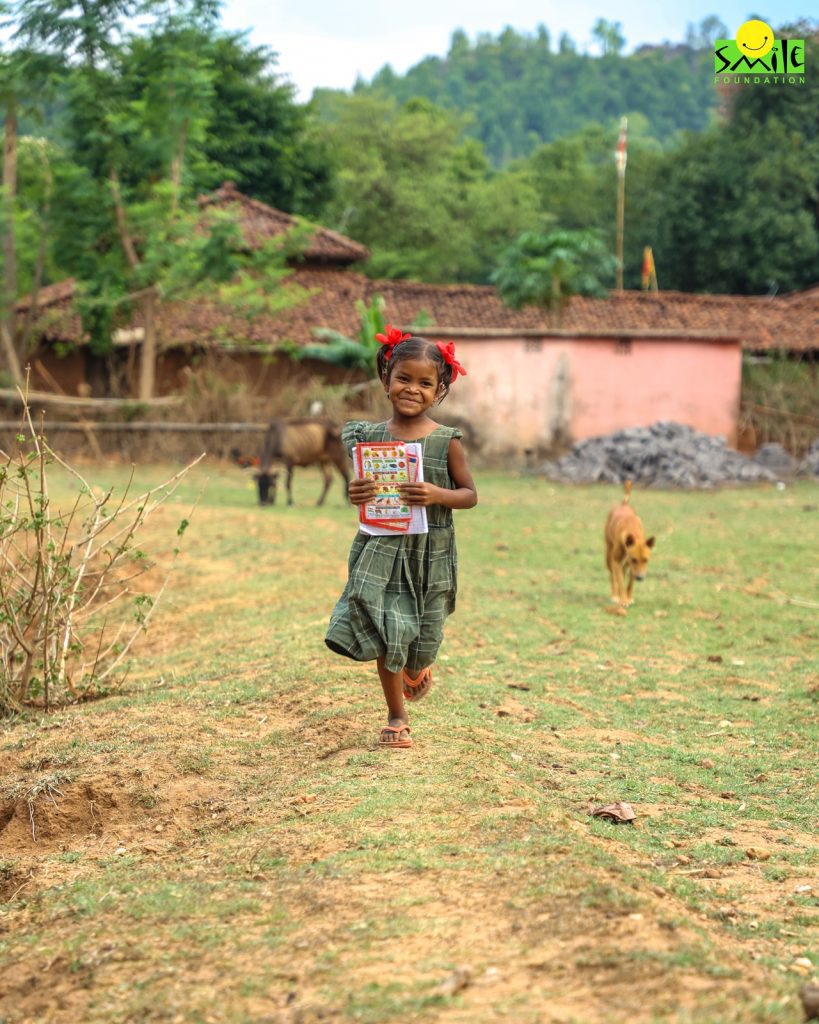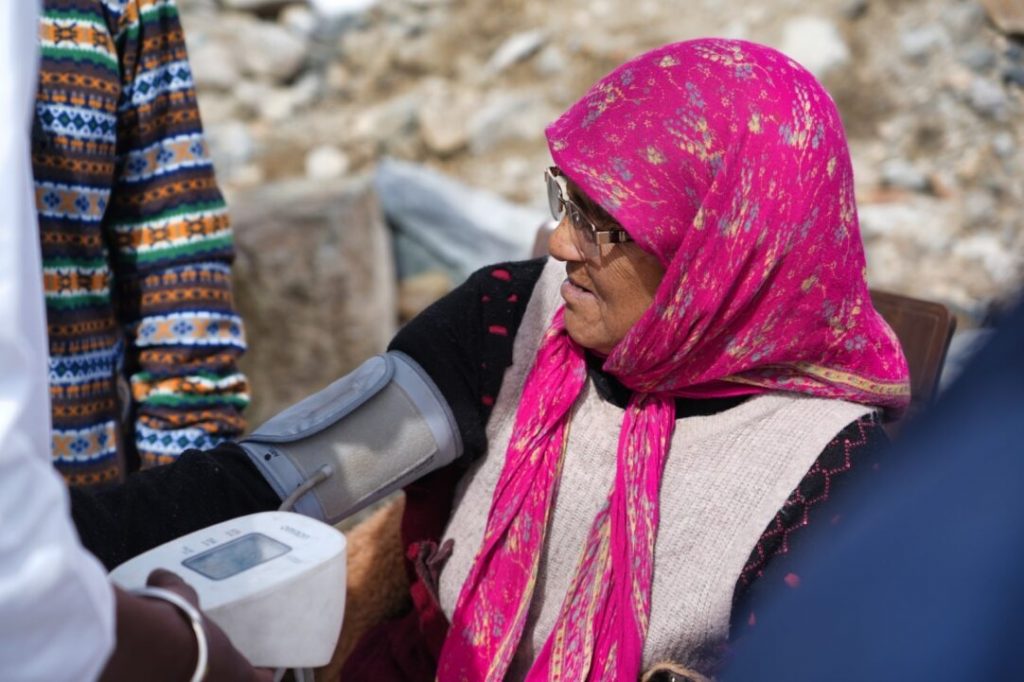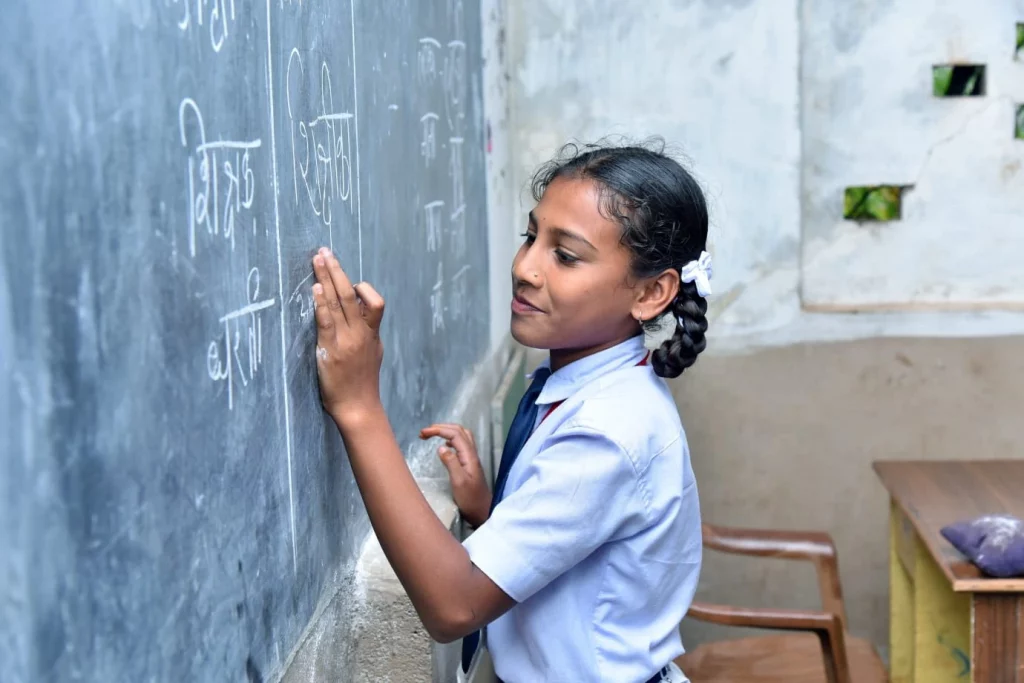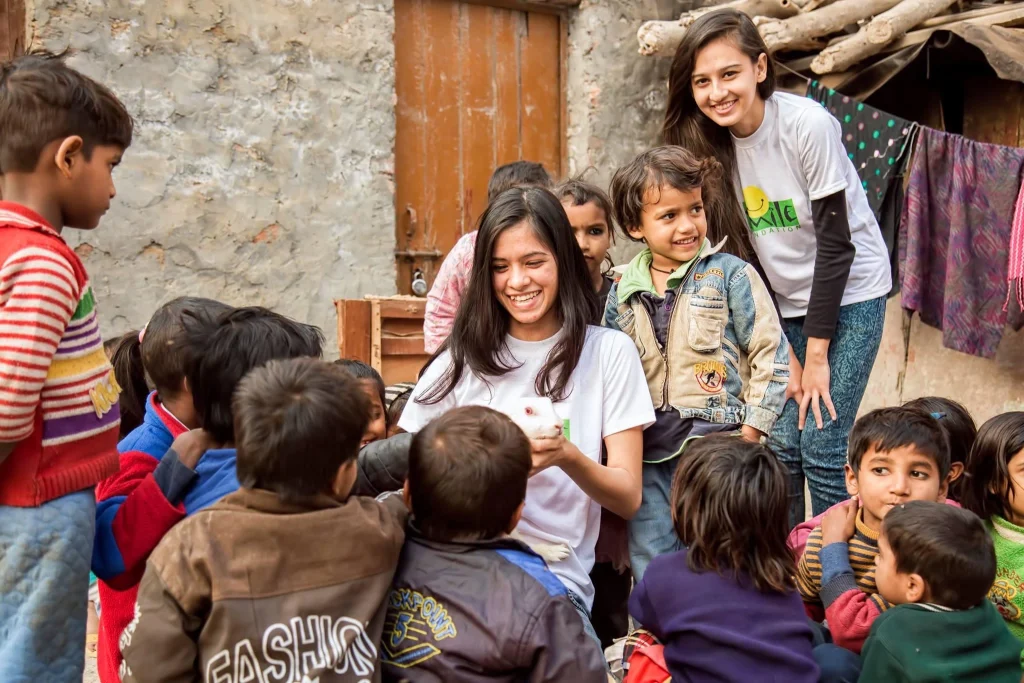Kaushiki is a 9 year-old girl living in rural Haryana. She didn’t have complete access owing to the underdeveloped region she lives in. Thanks to the newly formulated National Education Policy (NEP) now she has access to education and a bright future. That’s the story of many rural children in India after the implementation of the education policy discussed below: NEP in India.
The New Education Policy (2020) is a historic initiative and the first comprehensive policy under the central government in 34 years. NEP serves as a framework to direct the growth of education in the nation.
The NEP 2020 was created after taking into account more than 2 lakh suggestions from various local self-government units, including 2.5 lakh gram panchayats, 6,600 blocks, 6,000 ULBs, and 676 districts. This was done in an effort to promote overall effectiveness and citizenship in order to create a society that is inclusive, diverse, and equitable with a higher Gross Enrollment Ratio (GER) of 50% by 2035.
The policy intends to make India a worldwide knowledge powerhouse while maintaining fairness and inclusion and has communicated the fundamental shift in the educational system.
NEP in India
The policy calls for changes in education at every level, from elementary school to higher education. It aspires to emphasise on improving teacher preparation, changing the current test system, early childhood care, and reorganising the educational regulatory environment.
Numerous academics have highlighted different parts of the draft NEP 2019 and NEP 2020 and provided critical analysis. The NEP 2020 appears to lack a critical debate on the issue of language policy and mother tongue education within the paradigm of social sciences, particularly in the field of political studies. We still have some miles to cover in language policy and language in education. NEP deprioritises English and gives importance to imparting education in native languages.
Advantages of NEP
The NEP is praised for its futuristic perspective which can bring significant changes in the current educational landscape. Some of its advantages are:
- Increased Expenditure on the Education Sector: The Indian education industry now receives only a 3% portion of the country’s GDP and with the implementation of NEP 2020, the spending will rise to roughly 6%, giving the sector a much-needed boost.
- Changes to School Structure: To lessen the stress of board examinations on children, the present 10+2 school structure will be replaced with the 5+3+3+4 pattern.
- From classes six through eight, there will also be a focus on vocational education, allowing students to pick up practical skills like carpentry, plumbing, pottery, gardening, and more while reflecting on their interests and growing in their knowledge of and appreciation for these trades.
- Broader Learning Choices: Multidisciplinary course options are now accessible to students in grades 9 through 12, which means that the boundaries between the various streams will be more permeable and allow for a wider range of topic pairings.
- Establishing Education as a Fundamental Right: At the moment, the government assures that children between the ages of 6 and 14 may get a compulsory education, a goal for which several initiatives, such the “Sarva Shiksha Abhiyan,” have been effectively implemented. However, it excluded a number of kids from the educational system. As a result, the new NEP pledges to universalize education so that all kids from 3 to 18 years old can get a free education in government-administered institutions.
- Opportunity to Learn Programming in School: The inclusion of computer and coding lessons in the curriculum as early as class 6 will be a great step toward improving the educational experience.
What more can Education-related Policies Do
Just like the two sides of a coin, there are advantages and disadvantages to NEP.
The NEP 2020 has earned appreciation for its various initiatives, but many of them have also generated certain questions and drawn vehement criticism, which have been referred to as significant flaws in the policy.
Language enforcement: The NEP places a strong emphasis on the use of mother tongues to teach the core topics in elementary classrooms with English instruction coming considerably later on.
India is a varied country with 22 major languages and tens of thousands of dialects, in contrast to other countries like Germany, Russia, Japan, China, France, etc., which all share a single mother tongue. Therefore, translating the fundamental themes into these many regional languages (and mother tongues) will be a challenging process that takes a lot of time, effort, and qualified personnel.
The implementation of native tongue and regional languages is perceived as an attempt to impose Hindi on the non-Hindi speaking states, which is another reason why some individuals have been outspoken in their opposition to the NEP.
A Different Perspective on NEP 2020
The NEP advises that English instruction in government schools begin in class 5, which will be a setback for kids who can only afford to attend government-run institutions. While the private schools will continue the habit of teaching English from the start, which will be very advantageous for their kids.
If English, the universal language, is taught to government school students at an early stage in their education, it would expand the gap between the various socioeconomic categories and eliminate multiple possibilities that may have been advantageous for the students.
NEP in India to benefit the Rural Regions
Due to the challenges connected with these places, high-quality education has mostly been absent from rural and geographically challenging areas. The NEP 2020 offers promise for filling the gap that has been left in these sectors.
The policy paper contains a number of proposals for how to deliver high-quality education to rural and geographically challenging locations. The text coined the phrase “socio-economically disadvantaged groups” (SEDGs). The SEDGs also contain geographical identities in addition to gender identities, socio-cultural identities, socio-economic identities, and impairments. This will make it easier for these communities to get the government’s essential support and incentives in the future.
According to the NEP 2020, areas should be designated as Special Education Zones if they have a disproportionately high number of SEDGs, or students from educationally disadvantaged backgrounds (SEZs). All programmes and policies must be fully implemented in these SEZs with further coordinated efforts. This will significantly alter the nature of schooling in these regions.
Additionally, the strategy designates some geographic areas as Aspirational Districts, which need special measures to support the growth of education there. This classification and identification of areas that require greater attention may prove to be a very successful strategy for eradicating the long-standing educational disparity.
Comparison of the Policy to a Biodiversity Concept
This concept is comparable to the concept of biodiversity hotspots found in conservation biology which identifies certain areas that require immediate action to preserve biodiversity. Currently, there is a teacher shortage in remote and difficult-to-access places. Teachers frequently instruct in a variety of disciplines and areas apart from their primary area of expertise.
As a result, the instructor is less effective and the kids aren’t receiving the right information. NEP 2020 seeks to guarantee that exceptional students, especially those from rural regions, enter the teaching profession in order to address this issue.
Special merit-based scholarships will be established in rural areas, and recipients will be given preference for employment in their communities after successfully completing their B.Ed. programs. Along with giving young people access to local employment opportunities and addressing the issue of a teacher shortage in rural areas, this will also help to portray these employed young people as role models for their community and as highly qualified teachers who are fluent in the local language.
Smile Foundation and Education
Smile Foundation has been actively involved in imparting education among the underprivileged through its Shiksha Na Ruke campaign. Villages and rural development are essential for the development of the nation. By contributing to Smile, you’ll be ultimately contributing to the development and future of the nation. Click here to know more.











One reply on “NEP 2020: Education Access in Rural India by Localised Learning”
Thanks for sharing with us!